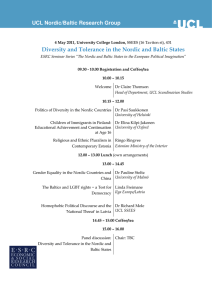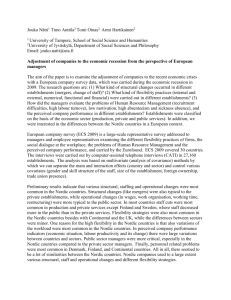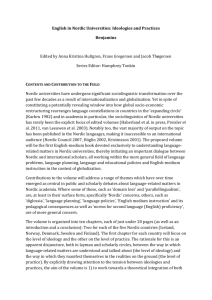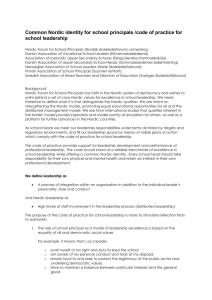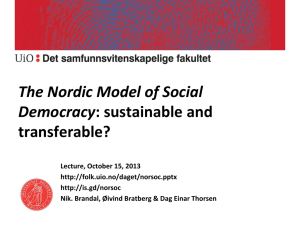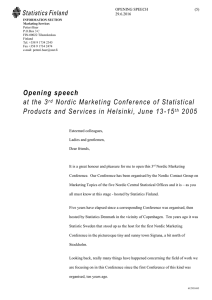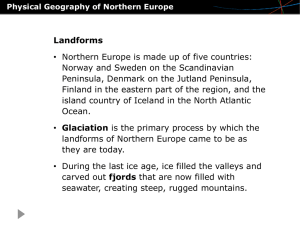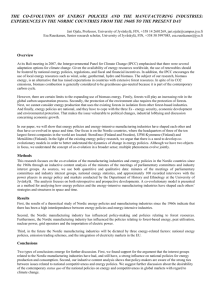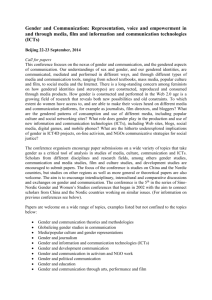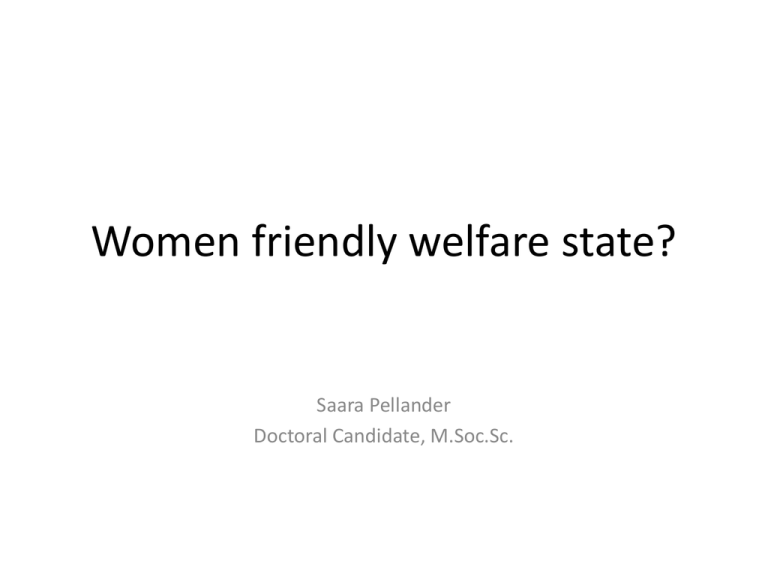
Women friendly welfare state?
Saara Pellander
Doctoral Candidate, M.Soc.Sc.
Women granted right to vote and
become eglible for office in general
elections
• [New Zealand 1893 –only voting rights, right to be elected
in lower chamber 1919, 1941 upper champber]
• Finland 1906
• Norway 1913
• Denmark 1915
• Austria 1918
• Sweden 1919
• UK 1928
• France 1944
• Italy 1945
• Switzerland 1971
Women in national parliaments
Single house or
lower house
Upper house or
senate
Both houses
combined
Nordic countries
42,1%
-
-
Europe OSCE (incl.
Nordic countries)
22,2%
20,2%
21,8%
Americas
22,0%
23,1%
22,2%
Europe OSCE (excl.
Nordic countries)
20,3%
20,2%
20,3%
Sub-Saharan Africa
19,7%
18,9%
19,6%
Asia
18,3%
15,2%
18,0%
Pacific
12,5%
32,6%
14,8%
Arab States
10,9%
7,5%
10,3%
[Data compiled by the Inter-Parliamentary Union
on the basis of information provided by National Parliaments by 31 August 2011]
Labour force participation rates of
prime-age women (aged 25-54)
Public investment in childcare services
as % GDP in some EU Member States
And in addition those, the Nordic
countries have
• The highest amount of paid parental leave
• A high work-live participation of mothers of
under sex year old children
• Low poverty risk of single mothers
• Welfare state based on a dual-breadwinner
model
Economic Forum’s Global Gender Gap
Report 2010
Highly gender-segregated job-markets
Gender gap in equal pay: ”Women’s euro is 80 cents”
Nordic women still do most of the
house/care work at home and take
most of the parental leaves
Violence
• Violence against women in Finland higher
than the EU
• High rates of reporeted rapes: SWE
• Marital rape: Finland on of last european
countries to criminalize it
(AMNESTY REPORT)
A women-friendly welfare state…
“would not force harder choices on
women than on men, or permit unjust
treatmenton the basis of sex”
(Helga M. Hernes, 1987, 15)
Women’s political and social
empowering through the state and
state policies
Critique
•
•
•
•
Only Nordic?
Gender friendly?
All women?
Migration?
Read and reflect
1.
Melby, K., Ravn, A.-B. and Wettergerg Carlsson, C.:
”A Nordic model of gender equality? Introduction.”
In: Gender equality and welfare politics in Scandinavia.
The limits of political ambition?
Ed. by Kari Melby, Anna-Birte Ravn and Christina Carlsson Wetterberg
Policy Press, Bristol 2008, 1-24.
2.
Borchorst, Anette and Siim, Birte: “The women-friendly
welfare states revisited.,” NORA: Nordic Journal of
Women’s Studies 10, no. 2 (October 2002): 90-98.



